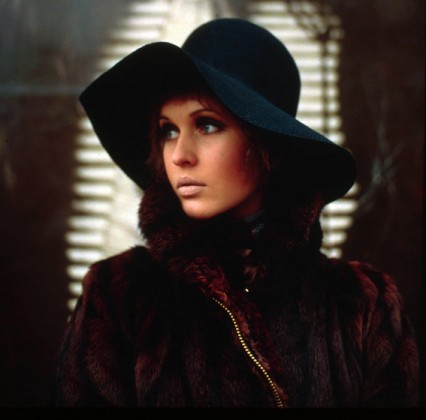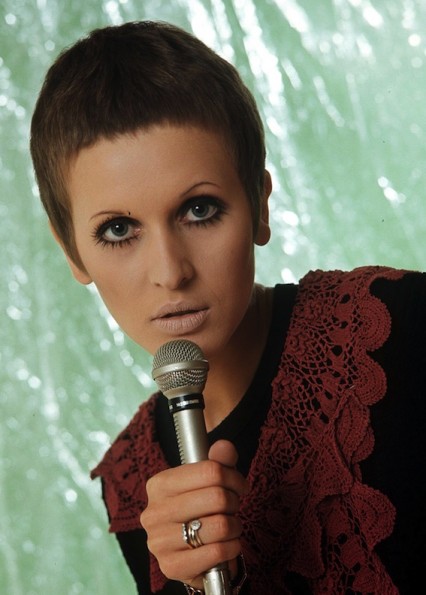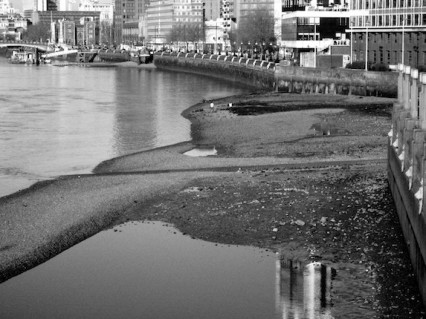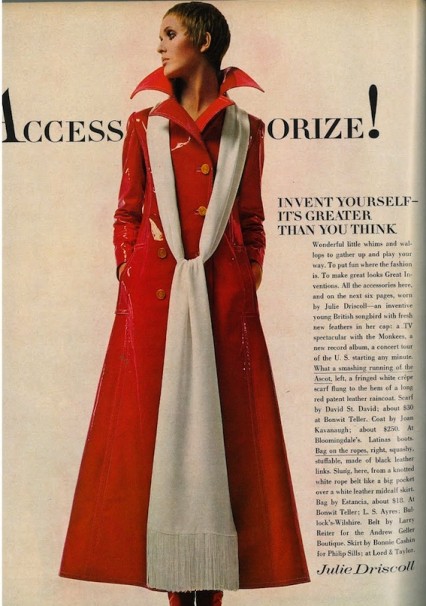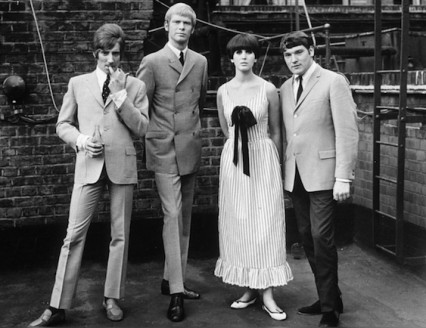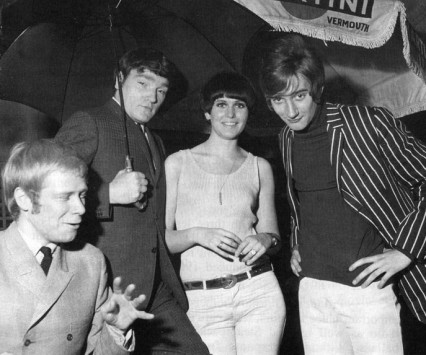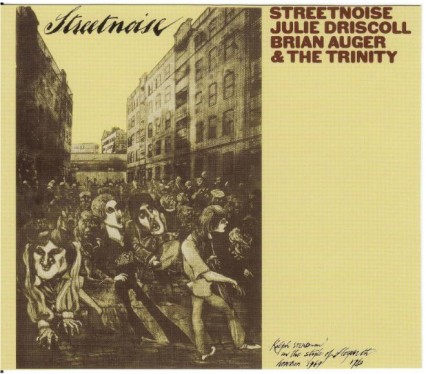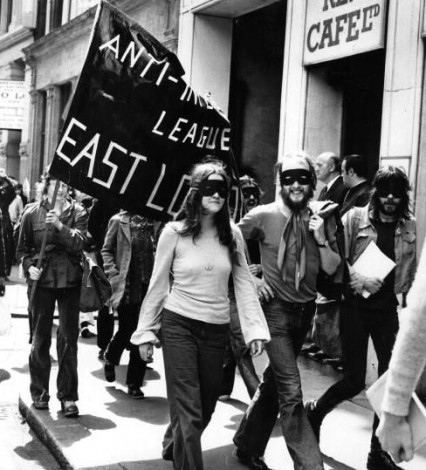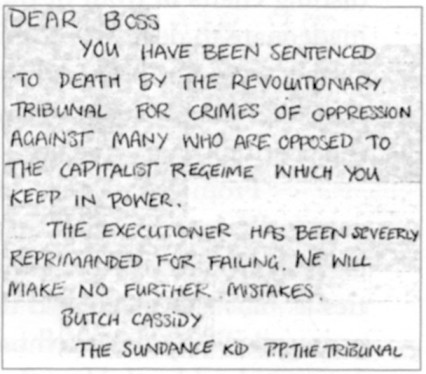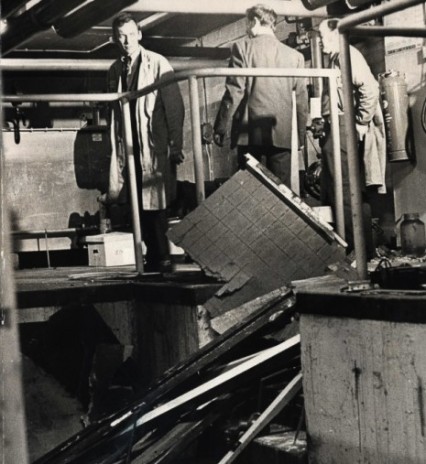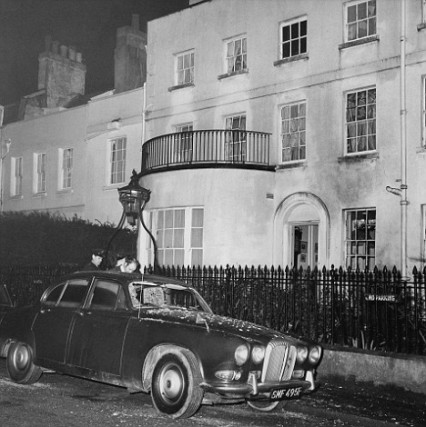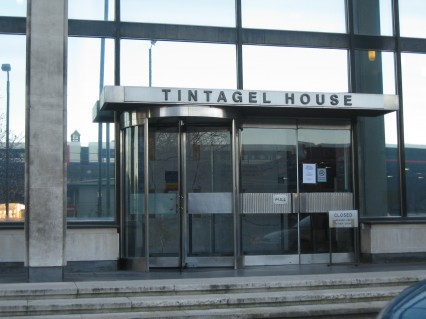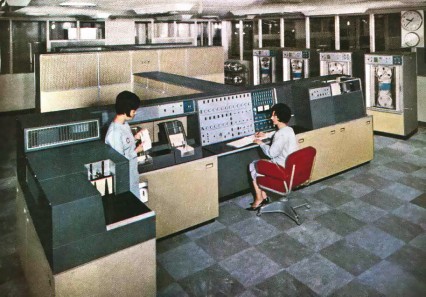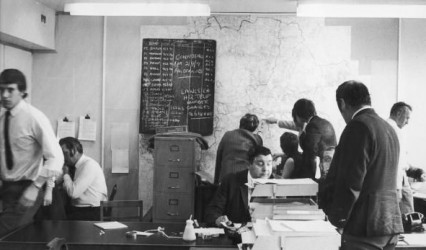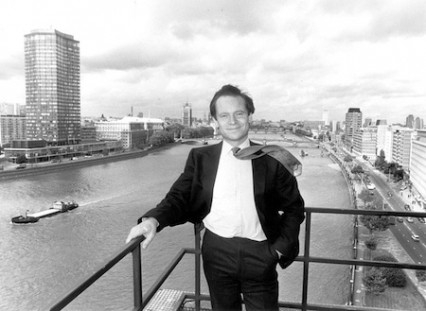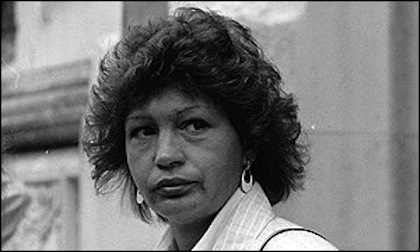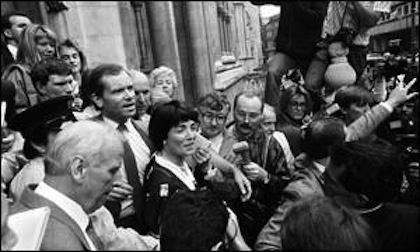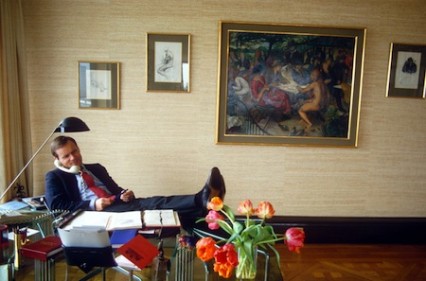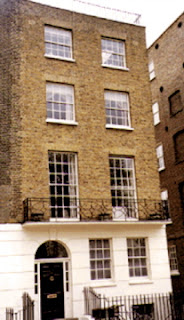 grounds of Buckingham Palace. He’d taken, what was most likely, an accidental overdose of Carbital – a popular sleeping pill of the time. Epstein had in the last few years become a heavy drug user and in fact during a lot of that summer Epstein had been staying at The Priory, the infamous rehab clinic – trying to cure his acute insomnia and growing addiction to amphetamines.
grounds of Buckingham Palace. He’d taken, what was most likely, an accidental overdose of Carbital – a popular sleeping pill of the time. Epstein had in the last few years become a heavy drug user and in fact during a lot of that summer Epstein had been staying at The Priory, the infamous rehab clinic – trying to cure his acute insomnia and growing addiction to amphetamines.
Earlier that week Epstein had met up with The Beatles, for what would be the final time, while they were recording Your Mother Should Know at The Chappell Recording Studios for the up-coming Magical Mystery Tour. He was then planning to spend the August Bank Holiday weekend at his country home at Kingsley Hill in Sussex with his friends Geoffrey Ellis and Peter Brown, and he did indeed drive down there with them on Friday 25th. However later that same evening he got upset when an expected group of rent boys failed to arrive, and he left his friends and drove back up to his home in Chapel Street.
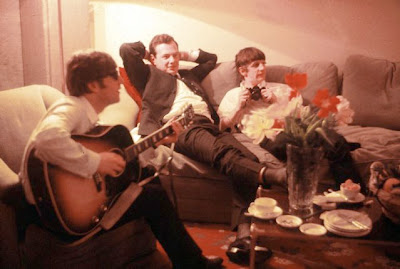
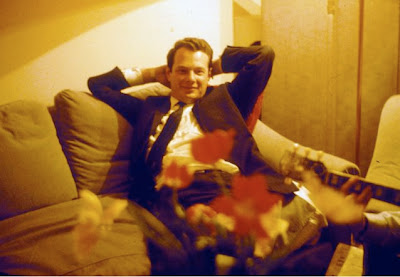
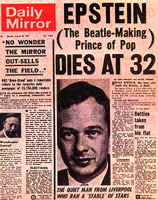 train and not risk driving. That was the last conversation anyone had with Brian Epstein. On Sunday morning his housekeeper arrived at his flat and got no response. She called a few of his friends and after a while they decided to break down the door to find Epstein lying dead in his bed. He was just 32 years old.
train and not risk driving. That was the last conversation anyone had with Brian Epstein. On Sunday morning his housekeeper arrived at his flat and got no response. She called a few of his friends and after a while they decided to break down the door to find Epstein lying dead in his bed. He was just 32 years old.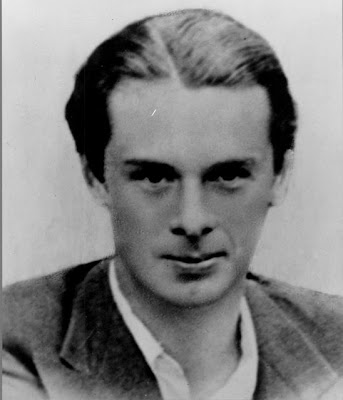
In 1942 during the Second World War a Harrow-educated English man called John Amery began making Nazi propaganda broadcasts from Berlin. At 112 Eaton Square in Belgravia his family, almost certainly, would have been listening intently to the wireless. What they heard would have been more than embarrassing for any family at the time, but it was especially so for this one, John Amery’s father Leo was a school friend of Winston Churchill’s and was currently the Secretary Of State for India and Burma in Churchill’s cabinet.
After the broadcast Leo Amery immediately called Churchill who exclaimed ‘Good God. No one should be blamed for the aberrations of a grown-up son’. The next day Leo went to his lawyer to disinherit his traitorous son.
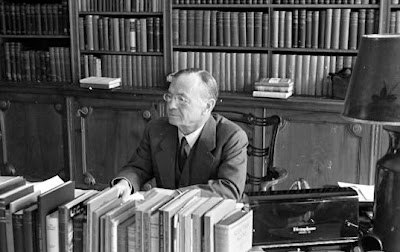 Leopold Amery in 1940
Leopold Amery in 1940
John Amery was born into undoubted privilege in 1912, but even by the age of five a teacher described him as “an extremely abnormal boy, with a fixed attitude of an abnormal type and a tendency to live inside himself”. When he was ten he was sent to his father’s school Harrow where he climbed out at night, visited nightclubs in London and lost his virginity when he was just 14. He was sanctioned at school for “moral breakdown” and when taken to a psychologist by his parents was told he had “no moral sense of right and wrong”.
He was eventually sent to a school in Switzerland but came back to England after contracting syphilis by prostituting himself to men.
At the age of twenty he had managed to receive 74 driving convictions, usually because if he was driving and fancied a drink, he’d just stop his car and leave it in the middle of the road.
At around this age he announced that he was going to marry a Una Eveline Wing whom he described as an actress, and very rich. However she was known to the police more as a common prostitute. As Avery was still to young to marry without parental permission he ran away to Paris, living by cadging money from family and friends. The couple eventually married in Greece, but soon after, Amery was arrested trying to buy diamonds with a bad cheque.
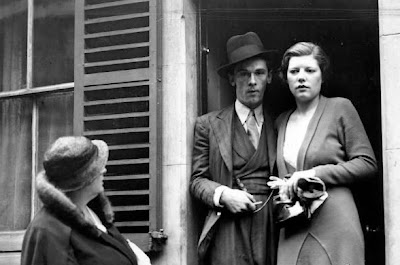 John Amery and Una Eveline Wing in 1932
John Amery and Una Eveline Wing in 1932
He carried a gun at all times, and it wasn’t paranoia that made him terrified of creditors finding him. With him everywhere he also carried a childhood teddy bear who he would buy comics and drinks. It was known that he was making money as a male prostitute, but also liked masochistic sex with the female variety.
By 1936, when incidentally he was declared bankrupt for oweing £6000, he became obsessed with the Nazi cause, believing Communism the utter fault of the Jews. When the Second World War was announced Amery was in Spain where he had been gun-running on behalf of Franco and the fascists. MI6, however, believed him no threat to national security describing him as a drunk “dissipated, both physically and morally.”
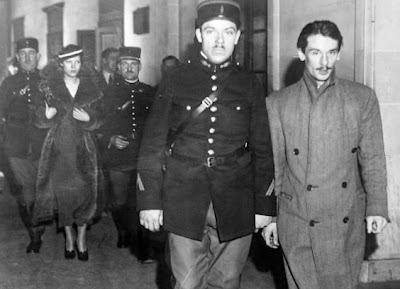 John Amery arrested in 1936
John Amery arrested in 1936
In 1942 he visited Germany via Vichy France and Amery suggested that the Germans consider forming a British anti-Bolshevik legion. Adolf Hitler was impressed by Amery and allowed him to remain in Germany as a guest of the Reich and on November 19, 1942 he broadcasted to Britain saying “Listeners will wonder what an Englishman is doing on the German radio tonight. I come forward without any bias, but just simply as an Englishman-to say to you: a crime is being committed against civilisation!”
“You are being lied to, your patriotism, your love for our England is being exploited by people who for the most part hardly have any right to be English. Between you and peace lies only the Jew and his puppets.”
In late 1944, and after the Germans realised that he was nothing more than a drunk, he travelled to Italy to support the Italian dictator Mussolini, although it wasn’t long before he was captured by Italian partisans.  A young British officer called Captain Alan Whicker (yes, believe it or not, that one) was sent to find him and when they met, Amery apparently said “Thank God you’re here. I thought they were going to shoot me.” He appeared more worried about the whereabouts of his beloved teddy bear and his wive’s furs than his destiny back home. He was brought back to England – dressed in full fascist costume including jackboots and he was charged with high treason, which as a crime, had only one penalty: death.
A young British officer called Captain Alan Whicker (yes, believe it or not, that one) was sent to find him and when they met, Amery apparently said “Thank God you’re here. I thought they were going to shoot me.” He appeared more worried about the whereabouts of his beloved teddy bear and his wive’s furs than his destiny back home. He was brought back to England – dressed in full fascist costume including jackboots and he was charged with high treason, which as a crime, had only one penalty: death.
Leo Amery, like many Tory MPs after the war lost his seat and his son’s trial took place shortly after on November 28, 1945, in Court One at the Old Bailey.
John Amery shocked everyone, not least his family, by pleading guilty -basically a suicide plea. A witness in the court said: “He was like an insect that falls on a hot stove and is withered, and what he did felt like an act of cruelty to the whole court. It was quite clear that he was morally satisfied and that he was congratulating himself on having at last, at the end of his muddled and frustrated existence, achieved an act crystalline in its clarity.”
The judge summed up by saying: “John Amery, I am satisfied that you knew what you did and that you did it intentionally and deliberately after you had received warning from your fellow countrymen that the course you were pursuing amounted to high treason. They called you a traitor and you heard them, but in spite of that you continued in that course. You now stand a self-confessed traitor to your king and country, and you have forfeited your right to live.”
Amery was only the second man in history to plea guilty to treason and the trial lasted just eight minutes. Despite medical reports labelling him psychotic, he was hanged by Albert Pierrepoint in Wandsworth Prison at 9am on December 19, at the age of 33.
Amery apparently said to the infamous hangman “Mr Pierrepoint, I’ve always wanted to meet you, but not, of course, under these circumstances.”
Pierrepoint later claimed that as he tightened the noose, Amery was “the bravest man I ever met”.





